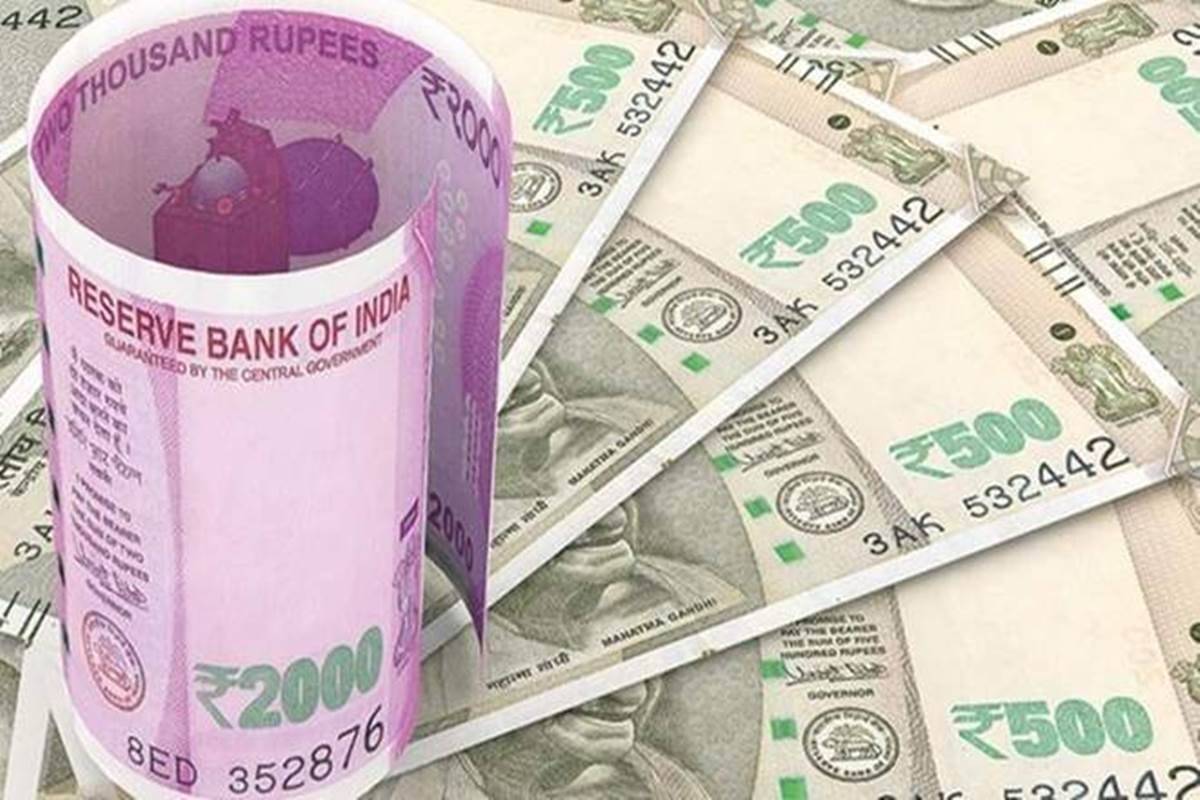Products You May Like

India’s actual gross home product (GDP), which grew 8.4% within the September quarter and even exceeded the pre-pandemic output stage, will doubtless achieve additional
traction within the remaining quarters of this fiscal, the finance ministry stated on Saturday.
The sturdy restoration is clear from 19 of twenty-two high-frequency indicators in September, October and November, as they crossed the pre-Covid (the corresponding months of FY20) ranges, the division of financial affairs stated in its report for November.
Associated Information
The report forecast an annual progress fee of seven%-plus for India till the tip of this decade “on the again of a sequence of second technology and extra nuanced structural reforms within the pandemic years of 2020 and 2021”.
RBI has projected 9.5% progress for FY22, implying a 1.6% rise over pre-pandemic (FY20) GDP stage. Main multi-lateral and credit standing companies anticipate India to develop between 8% and 10% within the present fiscal and within the vary of seven% to 10% in FY23. “India will probably be among the many few economies to rebound so strongly from the contraction final 12 months attributable to Covid-19,” it asserted.
Nonetheless, the report additionally flagged potential dangers from Omicron, a brand new variant of Covid-19, to the continued international restoration. However, preliminary proof means that Omicron is anticipated to be much less extreme and extra so with growing tempo of vaccination in India, it added.
India is among the many few international locations which have recorded 4 straight quarters of progress amid the Covid-19 pandemic (from Q3FY21 to Q2FY22), reflecting the ‘resilience’ of the economic system.
The great enlargement in actual GDP within the September quarter was “pushed by a revival in companies, full-recovery in manufacturing and sustained progress in agriculture sectors”.
“The restoration suggests kick-starting of the funding cycle, supported by surging vaccination protection and environment friendly financial administration activating the macro and micro drivers of progress,” the report harassed.
On the demand aspect, exports and funding constituted the macro drivers rising by 17% and 1.5%, respectively, over their pre-pandemic ranges. “Restoration in personal consumption additionally jumped from 88% (of the pre-Covid stage) in Q1 to 96% in Q2 to change into an rising macro progress driver,” it stated.
The report highlighted latest sturdy efficiency exhibited by a spread of indicators, together with manufacturing and companies PMI, exports and GST assortment, to recommend a spurt in financial exercise.
Foreign money in circulation additionally dropped in November “to replicate an uptick in client sentiment”. Buoyancy within the exterior sector continued properly into November, with broad-based progress in merchandise exports, regardless of rising container delivery price.
Home institutional traders invested over Rs 30,000 crore within the capital market in November, regardless of a selloff by overseas portfolio traders. Internet FDI touched $20 billion within the first half of this fiscal because it did in FY21. Overseas trade reserves stood comfortably at $640.4 billion as of November 19, which might be sufficient to finance greater than a 12 months of imports.
The financial coverage committee continued with the accommodative stance “to restrain borrowing prices rising within the close to future”. “As well as, excise responsibility cuts with its softening influence on inflation has enabled the 10-year G-sec yield soften from 6.38% at end-October to six.33% on November 26. Emulating the decline in G-sec yields, company bond yields softened as properly,” the report added.
Whereas giant firms more and more resorted to non-bank sources of funding, November noticed progress in financial institution credit score reaching 7% from a 12 months earlier than on the again of “comfy liquidity persisting within the monetary system and declining borrowing prices reflective of full transmission of repo fee cuts”, the report stated.
